Images that precede an unfortunate event, circa. 2016.
Apple just announced the iPhone 7 and just like every iPhone announcement before that, it was revolutionary in more ways than one, the ‘best that ever was’ and a leap in the right direction (really?) Well, at least that’s what Apple claimed it to be. Apple dropped the 3.5mm headphone jack with the iPhone 7 and replaced the humble EarPods with the completely wireless Apple AirPods. A comprehensive solution prioritising convenience and connectivity over sound quality.
Six years on, it is safe to say that it wasn’t a bad idea after all. Apple turned the vision for a wireless future into reality and made quite a lot of money doing it. That’s the one frustrating thing with Apple and The Kardashians, they do something and everyone else just follows suit. Thanks to the frustrating demise of the headphone jack on most leading smartphones Bluetooth’s presence has become more ubiquitous than ever. This paved the way for many different options in headphones. In-ears, on ears, over ears, wired, monos, true wireless earbuds etc. and each product has a platter of its own distinct features. While wired headphones have always been widely preferred by audiophiles, wireless headphones have had: convenience.
When you hit play, there’s so much more that goes into playing a track. Songs are produced and stored in a digital format - The comprehensive language of all electronic devices. When you want to listen to these songs, your smart devices convert this digital information back to what is called the analogue format. The analogue format is what we listen to. This conversion of formats takes place due to the presence of a DAC (Digital to Analogue Converter) in our devices. Take a moment to absorb this before we proceed.
Digital to Analog conversion sometimes affects the original quality of songs. Keeping the quality intact entirely depends on whether the song was compressed with minimum loss of elements. And, each and every Bluetooth headphone (yes, even that one you’ve been eyeing for sometime) has an inbuilt DAC to do this.
To ensure compression of data without affecting the quality, developers have come up with advanced audio codec algorithms. Codecs are encoding and decoding algorithms that compress audio into manageable data packets for faster or wireless transmission.
In terms of software, a codec determines how your audio files are transmitted from the source to your headphones (via Bluetooth). It encodes and decodes digital audio data into a specific format. Ideally, it transmits a high-fidelity signal at the minimum specified bit-rate. This results in the least amount of space and bandwidth required for storage and playback, respectively. A lower bitrate means better compression and worse sound quality, a high bitrate means better sound quality and worse compression. Let’s now have a look at the different types of codecs.

SBC:
The default Bluetooth codec is Sub-Band Codec. The low-complexity Sub-Band Codec divides the signal into multiple frequency bands and encodes each one independently. It is the standard type that is mandatory over all A2DP-enabled devices, making it virtually universal. SBC is a lossy compression algorithm.This means that when it encodes music for playback, it literally drops pieces of music the algorithm deems low-priority, these are mostly sounds you can’t hear anyway because they’re masked by other sounds in the same frequency range at higher volume.
AAC:
Advanced Audio Coding is the audio standard for lossy digital audio compression. It is the preferred audio codec by Apple. It also happens to be the licence-free standard for YouTube, Sony Playstation. AAC can transmit 250 kbps of audio data. If you’re using a pair of AAC-compatible headphones and streaming music via Apple Music, iTunes or your stored AAC files, you’re theoretically getting no loss in audio quality.

Qualcomm® aptX™:
Qualcomm is the leading owner and developer of wireless codec algorithms that have enhanced the quality of music over Bluetooth. Qualcomm® processors are widely used by many popular brands of smartphones. (just look it up in the specifications and you’ll find it there).
- aptX™ - aptX™ was designed to bring “CD-like” quality audio over Bluetooth. If you’re listening to high-quality source files like FLAC at 16-bit/48kHz (a popular lossless compression algorithm) where both your phone and headphones are aptX compatible, you are listening to it at the best-case scenario for aptX™ and have reached the codec’s upper limitations.
- aptX™ HD - Programmed to transmit 24-bit/48kHz audio with a "gentle" compression at 576kbps, higher quality audio can be sent using aptX™ HD without increasing the latency or pausing the data stream. 24-bit/48kHz files are true HD files where you hear very little background noise and can hear each individual element sounding clearly. How is aptX™ HD better than aptX™? Well, just imagine the difference between an .mp4 and 2160p UHD video. That’s it. All of it.
- aptX™ LL: Qualcomm aptX™ Low Latency supports 48kHz/16-bit LPCM. It ensures your wireless, Bluetooth enabled devices can deliver sound in sync with visual media. With aptX Low Latency you can enjoy the wireless freedom for applications such as gaming and watching videos. With the introduction of aptX™ Adaptive, Low Latency has been phased out by Qualcomm yet continues to be a part of codecs on phones running on Android 8.0 or lower.
-
aptX™ Adaptive: Qualcomm has put a lot of thought and technology into Adaptive. Designed as a one-size-fits-all solution that not only caters to high-quality music over Bluetooth but also to the demand for playing games, streaming videos while wearing wireless headphones. No other Bluetooth codec currently boasts this range of versatility. Qualcomm's flagship aptX™ Adaptive codec, scales dynamically from 279kbps up to 860kbps, but can't compete with Sony's LDAC. With the launch of Adaptive, Qualcomm® has effectively phased out aptX™Low Latency.

-
LDAC™: Like Qualcomm, Sony has its own proprietary Bluetooth codec, LDAC™. It allows you to stream high-resolution audio of up to 32-bit/96kHz wirelessly over Bluetooth at up to 990kbps. LDAC™ is compatible with all Sony devices and smartphones running Android 8.0 Oreo and above versions.
Due to its efficient coding and optimised packetization, Sony allows you to stream three times more data than existing audio codecs. - LHDC: Low Latency High-Definition Audio Codec (LHDC) is a newly-developed audio codec technology. HWA-certified (Hi-Res Wireless Audio) by the JAS (Japanese Audio Society), LHDC allows high-resolution audio streaming over Bluetooth with a bit-rate of up to 900 kbps and bit depth of 24-bit/96kHz. Modern smartphones with Android 10 and above support LHDC and LLAC. However, it is very prominent amongst smartphones from Xiaomi, Huawei, Redmi, Oppo and Vivo.
TL,DR: Which is the best codec for my music?
There is no one right answer to this. If you want to listen to a premium streaming service with as little loss as possible in 2022, LDAC might be a good choice. However, Sony hasn’t been able to fix the latency issues on that. aptX Adaptive, however, bridges that gap with an adaptive bit rate and dynamic low latency mode. Both these you will only enjoy the benefits if you have an Android device and may even have to change something in the settings. Apple loyalists, you tend to lose out on most of this but with ALAC and AAC, that ought to not be a problem.
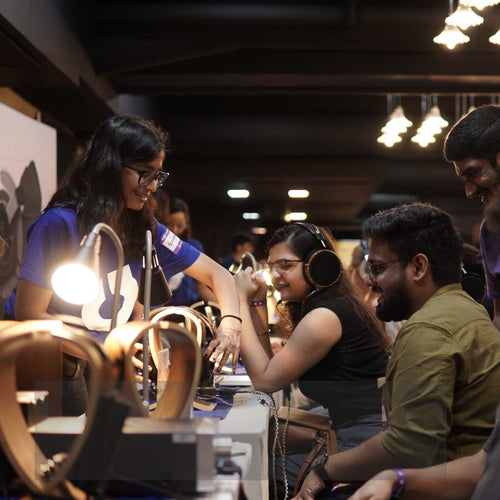
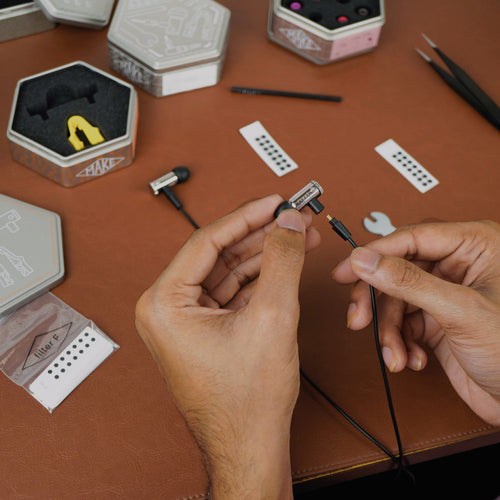
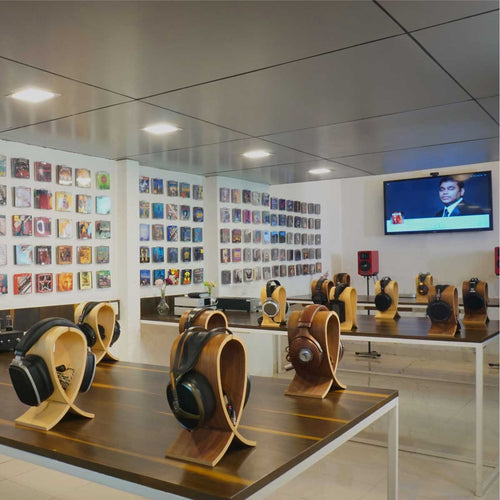
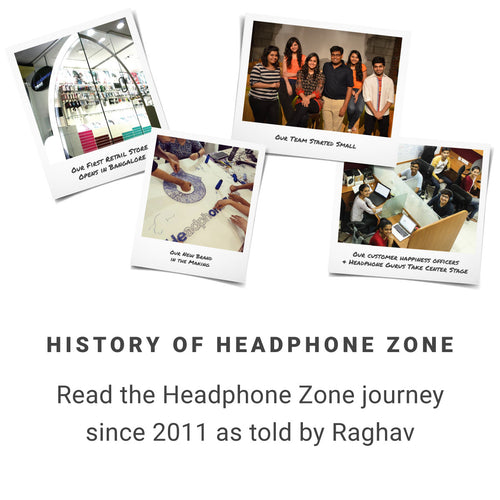

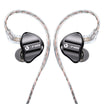

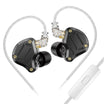
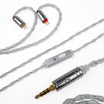
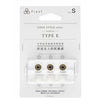
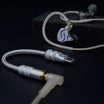

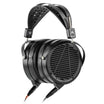
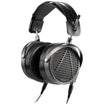
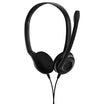
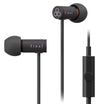
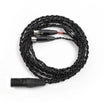
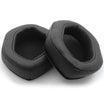
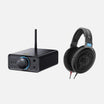
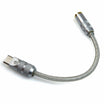
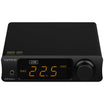
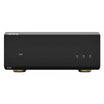
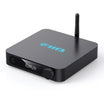
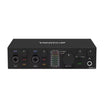
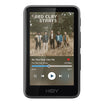
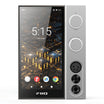
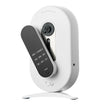
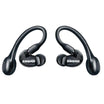
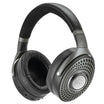
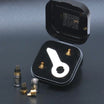
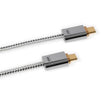
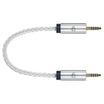
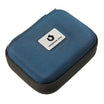
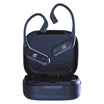
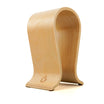
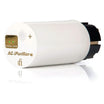
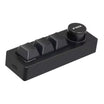
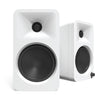
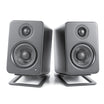
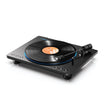
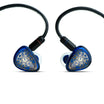
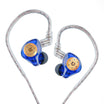
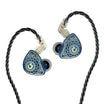
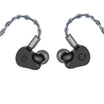
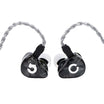
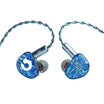
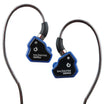
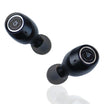
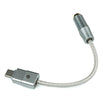
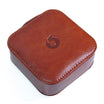
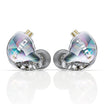
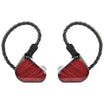
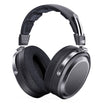
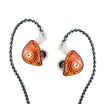
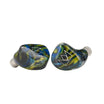
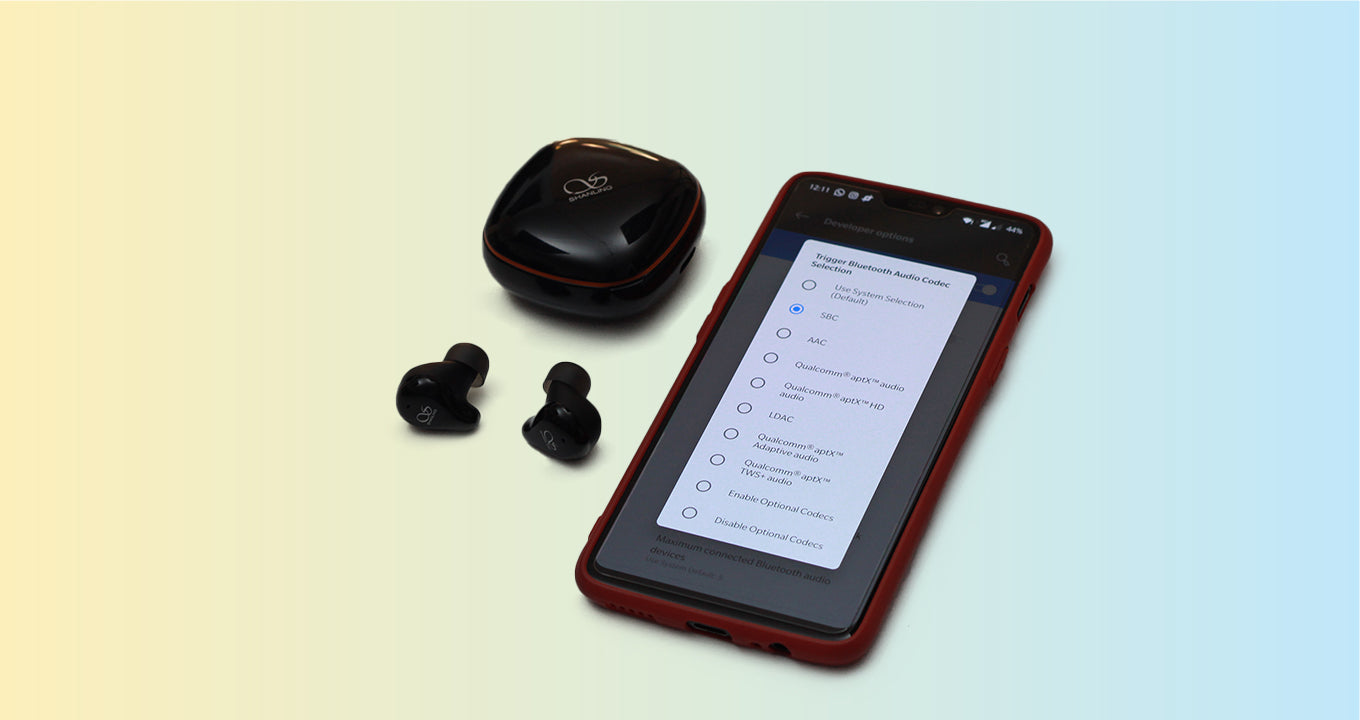


Leave a comment
This site is protected by hCaptcha and the hCaptcha Privacy Policy and Terms of Service apply.